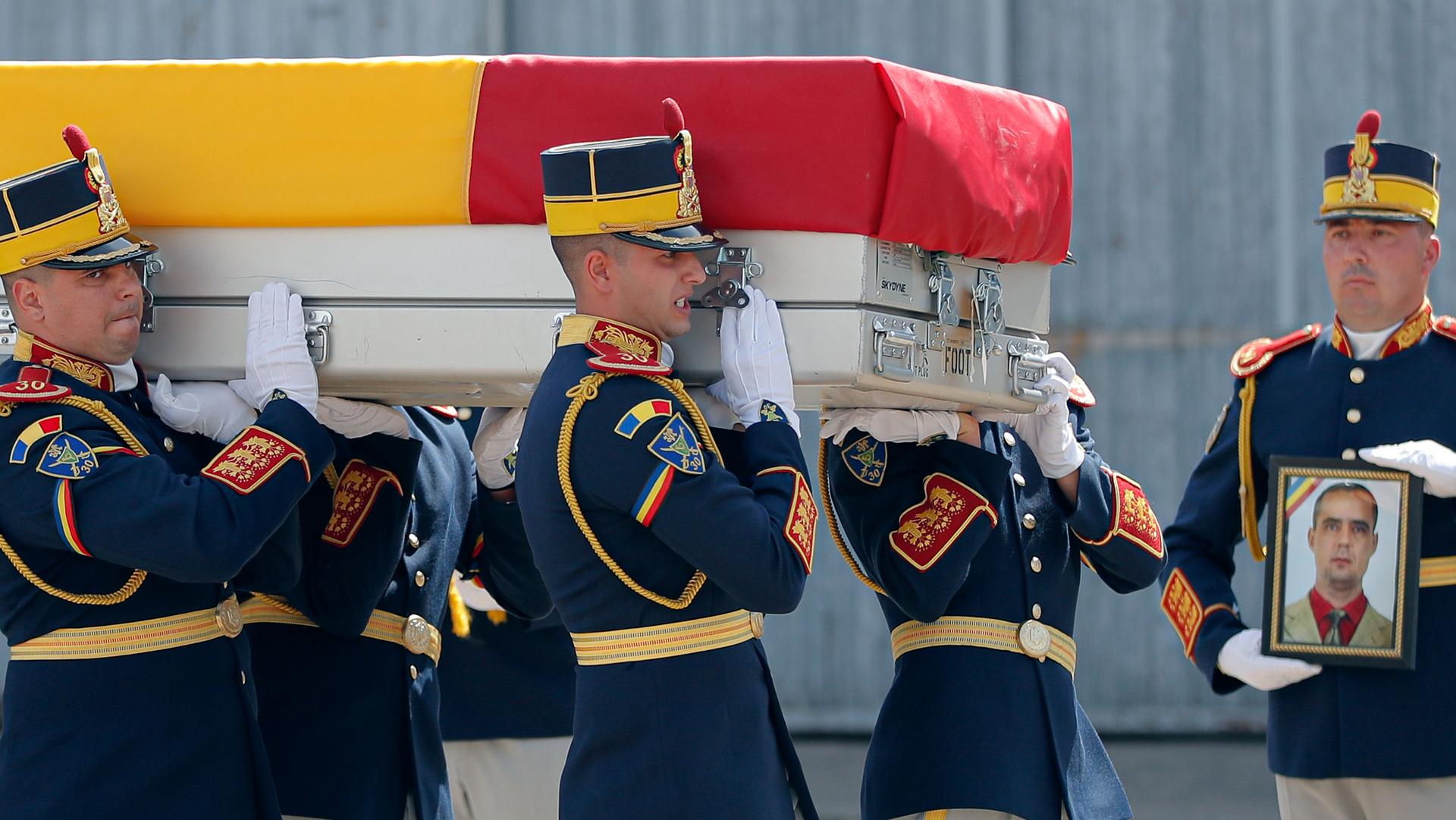This analysis was featured in Critical State, a weekly foreign policy newsletter from Inkstick Media. Subscribe here.
Looming over the news of the past month like the sword of Damocles is the coming 20th anniversary of the Sept. 11 attack. It is around this anniversary that Biden timed his withdrawal, bumping back the negotiated May exit but not so far that it hit any of the meaningful 2001 dates. These dates could have included the Sept. 18 signing of the 2001 Authorization of the Use of Military Force, the Oct. 7 invasion of Afghanistan by a multinational coalition, the Taliban surrender offered by Dec. 7, 2001, or even the conclusion of the Battle of Tora Bora on Dec. 17. Militaries and cultures can build reverence around specific dates, whose observations in turn take on a logic of their own.
Last week on Deep Dive, we took a look at how government responsiveness to information requests correlates to media coverage, and to what kind of story the government agency is able to tell. If the agency in question can mitigate bad press by showing a proactive response to media, it’s more inclined to share records. If, instead, the scandal suggests corruption, government agencies may instead stonewall, letting the truth remain in unpublished documents until the pressure passes.
Related: Media matters: Part I
For militaries looking to media to justify their existence, rituals around dates, anniversaries, and traditions, as well as specific approaches to war dead, can similarly shape press coverage. That’s one of the central arguments in an article by Nicole Wenger, published in the September issue of Global Studies Quarterly.
“War commemorative rituals involve a hyper focus on mourning ‘our’ dead, grieving and revering those ‘we’ have lost, and in turn, obscuring the political contexts in which these deaths have occurred.”
“War commemorative rituals involve a hyper focus on mourning ‘our’ dead, grieving and revering those ‘we’ have lost, and in turn, obscuring the political contexts in which these deaths have occurred,” Wenger writes. “[Contemporary] Western military affairs have been called the ‘forever wars,’ long-term military occupations that have been accompanied by cultural attitudes of the ‘military normal.’”
For one case study, Wenger turned to the hearse procession of repatriated soldiers along Highway 401 east of Toronto, Ontario. These gatherings are the subject of media coverage, from a commemorative book by a photojournalist to repeated news coverage in the press. There is official handling of the war dead: The bodies of deceased Canadian soldiers receive a military ceremony at Canadian Forces Base Trenton where they arrive. The procession from that base, to the coroner’s office in Toronto, passes under highway overpasses, where citizens gather in ritual praise and honoring of the dead.
These rituals thus act as a sort of bulwark in support of the war effort, by limiting coverage of the dead to the impressions shared by public mourners, flattening expressions of grief into a reaffirmation that questioning the war means dishonoring the dead.
“Through rituals, the personal affects of war are showcased and the politics are hidden.”
“Through rituals, the personal affects of war are showcased and the politics are hidden,” Wenger writes.
By narrowing the spectrum of publicly visible sorrow to that of the crowds assembled to watch a hearse motorcade, media sets bounds on the debate over the war at the exact moment its most direct consequences are brought home, under flag-draped coffins. Wegner’s work is about how society as a whole produces and reproduces these rituals. To the extent that it is a media story, it is a media story because it shows how media, consciously or passively, acquiesces to the norms of mourning war dead, set by political elites and reinforced by the public acts of some subset of citizens.
If there is unease in reading this, if talking about rituals around war dead as political acts feels disrespectful, it is because the logics of militarism in support of war are pervasive. That language, in another form, is visible throughout President Biden’s remarks on the US withdrawal from Afghanistan. It is also, almost certainly, why the hard deadline for the US exit from Afghanistan was predetermined by another date, already synonymous with the commemoration of American dead.
Critical State is your weekly fix of foreign policy without all the stuff you don’t need. It’s top news and accessible analysis for those who want an inside take without all the insider bs. Subscribe here.
